Understanding the intricacies of semi-trailer design, including the number of pole cords, is essential for operators, manufacturers, and transportation planners alike. In this detailed exploration, we will delve into the specifics of pole cords in semi-trailers, addressing common questions, providing technical insights, and highlighting best practices for users across the industry.
What Are Pole Cords?
Pole cords are essential components used in tarping systems for semi-trailers. They serve to secure the tarps, ensuring cargo safety and protection from environmental elements during transit. These cords facilitate the tightness and tension of the tarp, contributing to the overall efficiency in managing cargo and optimizing loading procedures.
Key Functions of Pole Cords:
- Cargo Protection: Prevents exposure to rain, sun, and wind.
- Stability: Maintains the structure and integrity of the tarp during transportation.
- Easy Handling: Allows for quick setup and removal of tarps as needed.
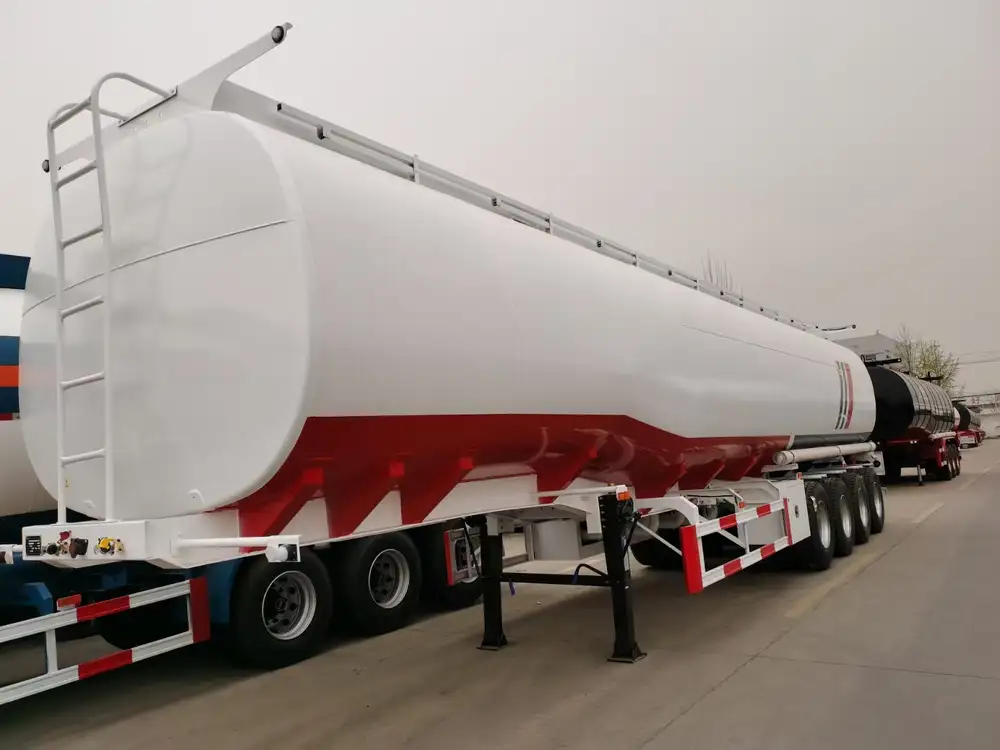
The Typical Configuration of Pole Cords in Semi-Trailers
The question of how many pole cords are utilized in a semi-trailer is nuanced and largely dependent on several factors, including trailer design, cargo type, and tarping system implemented. On average, a standard semi-trailer equipped with a tarping system may feature anywhere from 4 to 12 pole cords.
Variability Factors:
- Trailer Size: Longer trailers often require more pole cords to ensure the tarp is adequately secured.
- Cargo Type: Bulkier or heavier cargo may necessitate additional support through more pole cords.
- Tarping System: Different tarping systems may inherently use varying numbers of pole cords. For instance, some systems may use multiple cords on either side, increasing the count.
Configuration Illustration:
| Trailer Type | Number of Pole Cords |
|---|---|
| Standard Flatbed | 6-8 |
| Step Deck | 8-10 |
| Enclosed Trailer | 4-6 |
| Lowboy Trailer | 6-12 |
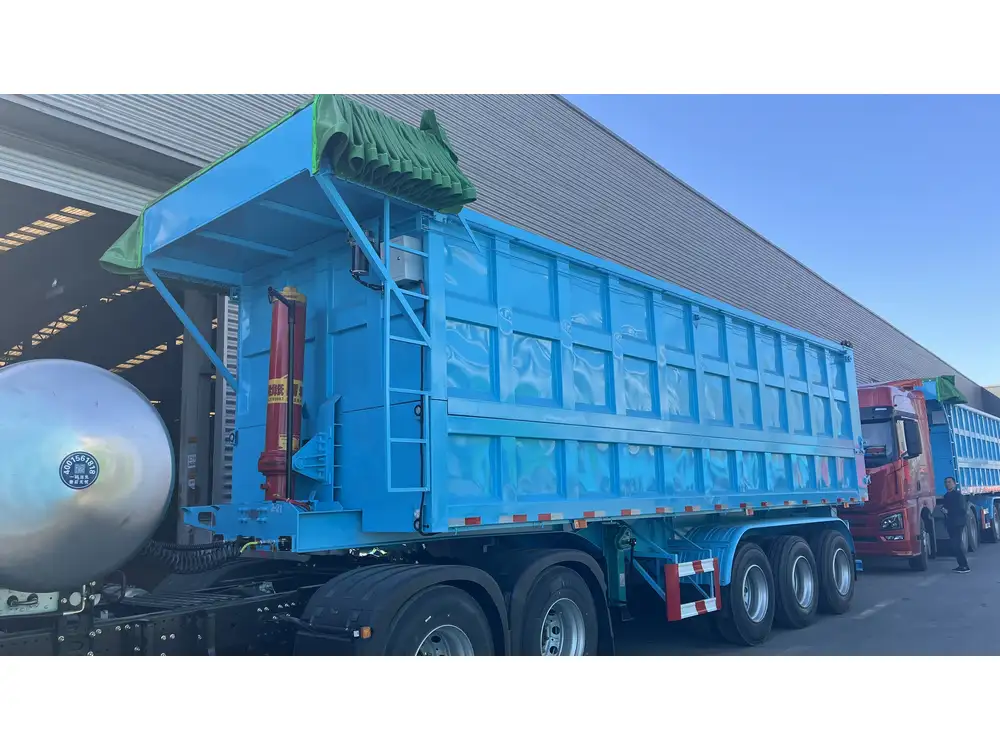
Types of Pole Cord Systems
When discussing pole cords, it’s critical to delineate the types of systems that utilize them. Two primary systems are commonly found in the semi-trailer segment:
1. Manual Tarping Systems
These traditional systems often employ a series of pole cords operated manually. Operators can adjust and secure the tarps using these cords, which typically leads to:
- Flexibility in Cargo Management: Operators can adapt quickly to changing loads.
- Cost-Effectiveness: Manual systems typically incur lower operational costs.
2. Automatic Tarping Systems
Designed for efficiency and speed, automatic systems utilize electric mechanisms to deploy and retract tarps. The pole cords in such systems are usually integrated with sensors to optimize tension. Benefits include:
- Reduced Labor: Minimal manual intervention is needed.
- Consistency: Ensures uniform tension across all cords, enhancing cargo safety.
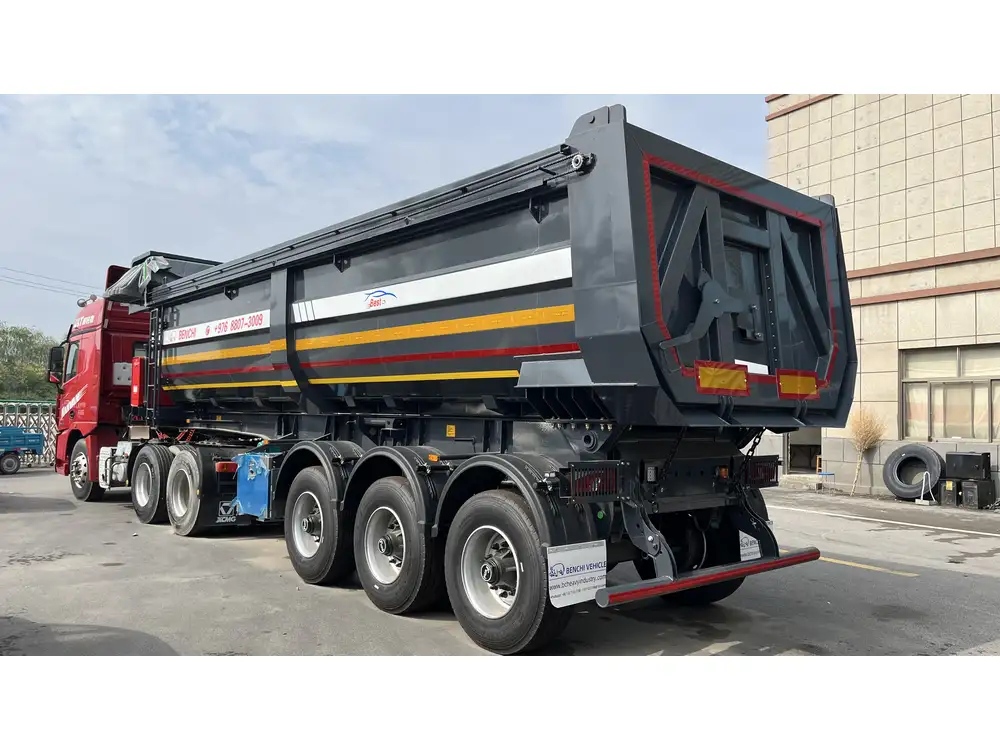
Comparative Analysis
| Feature | Manual Tarping | Automatic Tarping |
|---|---|---|
| Labor Requirement | High | Low |
| Setup Time | Longer | Shorter |
| Cost | Lower | Higher |
| Cargo Safety | Variable | High |
Correct Installation and Maintenance of Pole Cords
Ensuring proper installation and maintenance of pole cords plays a crucial role in the effectiveness of a semi-trailer tarping system. Below are best practices to follow:
Installation Steps:
- Assess Trailer and Load: Evaluate the specific needs based on trailer size and cargo.
- Positioning: Space the pole cords evenly, maintaining balance across the trailer.
- Secure Fasteners: Use appropriate fasteners to ensure stability under load conditions.
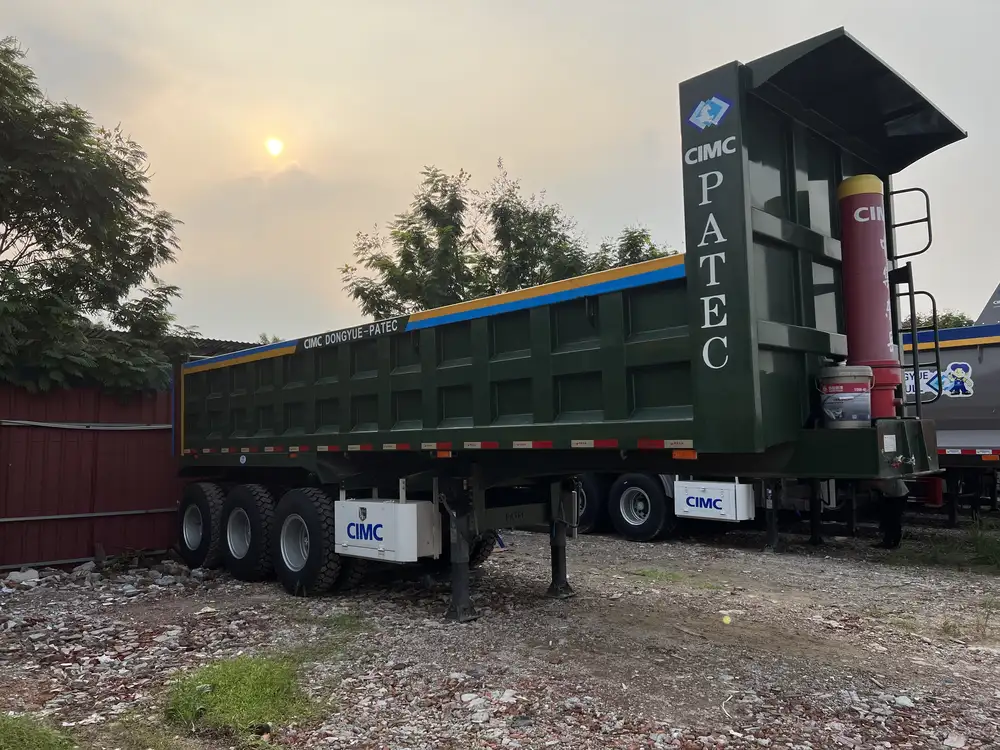
Maintenance Protocols:
- Regular Inspections: Check for wear and tear, particularly on high-stress areas.
- Tension Adjustment: Periodically adjust the tension of pole cords to accommodate changes in load weight.
- Replacement Schedule: Establish a timeline for replacing worn-out cords to avoid failure during operations.
Safety Considerations
Using pole cords correctly not only safeguards cargo but also enhances overall safety on the road. Key safety considerations include:
- Weight Distribution: Properly securing the tarp evenly helps distribute weight and reduces strain on the trailer.
- Load Security: Inadequate securing may lead to shifting cargo, which can be hazardous during transit.
- Regulatory Compliance: Ensure that the use of pole cords aligns with local regulations regarding cargo securement.
Safety Checklist:
- [ ] Inspect pole cords for fraying or damage.
- [ ] Confirm correct load distribution beneath the tarp.
- [ ] Review user manuals for specific tarping system guidelines.

Innovative Solutions for Enhanced Performance
As technology advances, so does the potential for innovative solutions in the domain of pole cords and tarping systems. Some noteworthy advancements include:
1. Smart Tarping Systems
Leveraging IoT technology allows for real-time monitoring of tarp tension and load distribution. These systems can provide alerts if the tarp experiences shifts during transport, mitigating risk.
2. Durability Enhancements
New materials for pole cords that resist wear and UV damage are being developed, increasing longevity and reliability. Enhanced materials not only improve performance but also reduce the frequency of replacements.
| Innovation | Benefits |
|---|---|
| Smart Monitoring Systems | Real-time alerts for tension shifts |
| High-Performance Materials | Increased lifespan and performance |
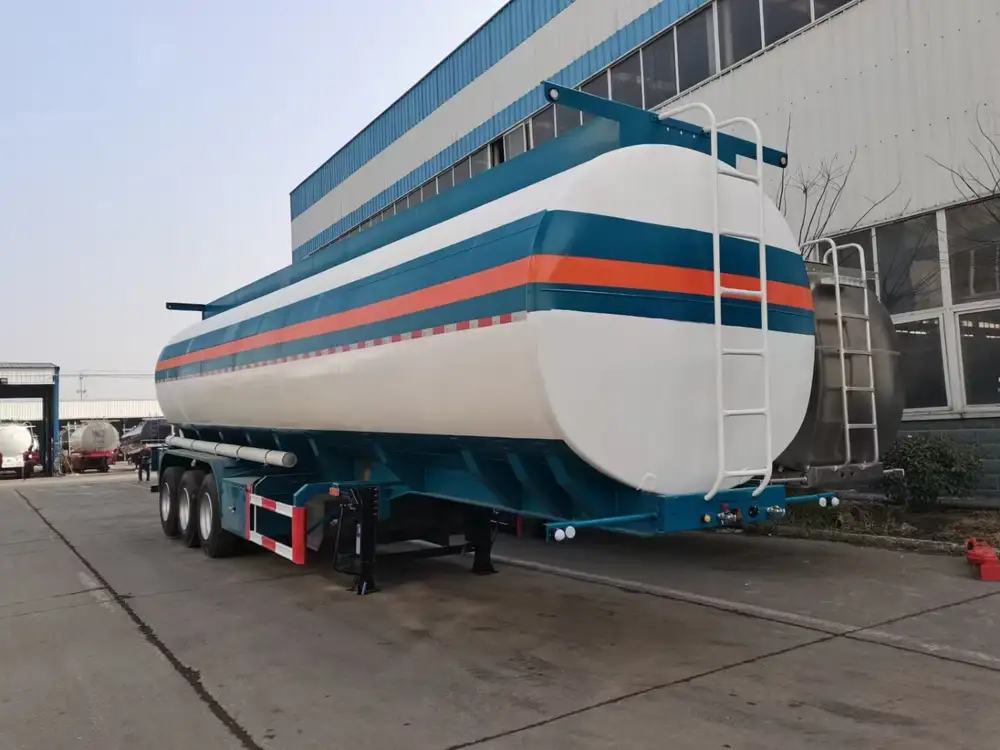
Addressing Common User Questions
What is the standard length of pole cords used in semi-trailers? Most pole cords range between 15 to 20 feet, depending on the size of the trailer and the specific application requirements.
Can I use any type of cord for tarping systems? It is recommended to use specialized tarping cords designed for trailers to ensure safety and effectiveness.
How often should I replace pole cords? As a general guideline, inspect pole cords after every use, and replace them if any signs of wear are present. Establishing a routine replacement schedule every 6-12 months can also be beneficial.
How can I improve the efficiency of my tarping system? Regular training for operators on best practices paired with the adoption of automated systems can significantly enhance overall efficiency.
Conclusion
In summary, understanding how many pole cords are on a semi-trailer involves recognizing the nuances of design, cargo, and operational scenarios. By employing the right number of pole cords and adhering to maintenance best practices, users can protect their cargo effectively while ensuring road safety. Through advancements in technology and materials, the future of pole cord systems promises increased reliability and efficiency, paving the way for optimized logistics operations.
This comprehensive analysis of pole cords in semi-trailers serves as an invaluable resource for manufacturers, operators, and safety regulators, ensuring that all pertinent aspects are thoroughly covered for informed decision-making.



